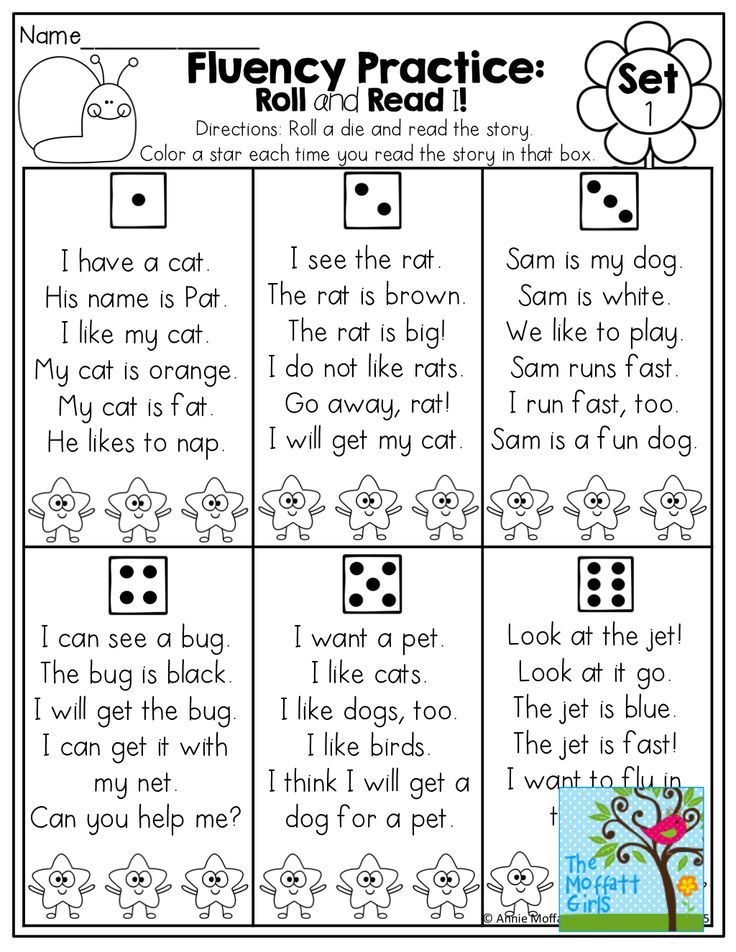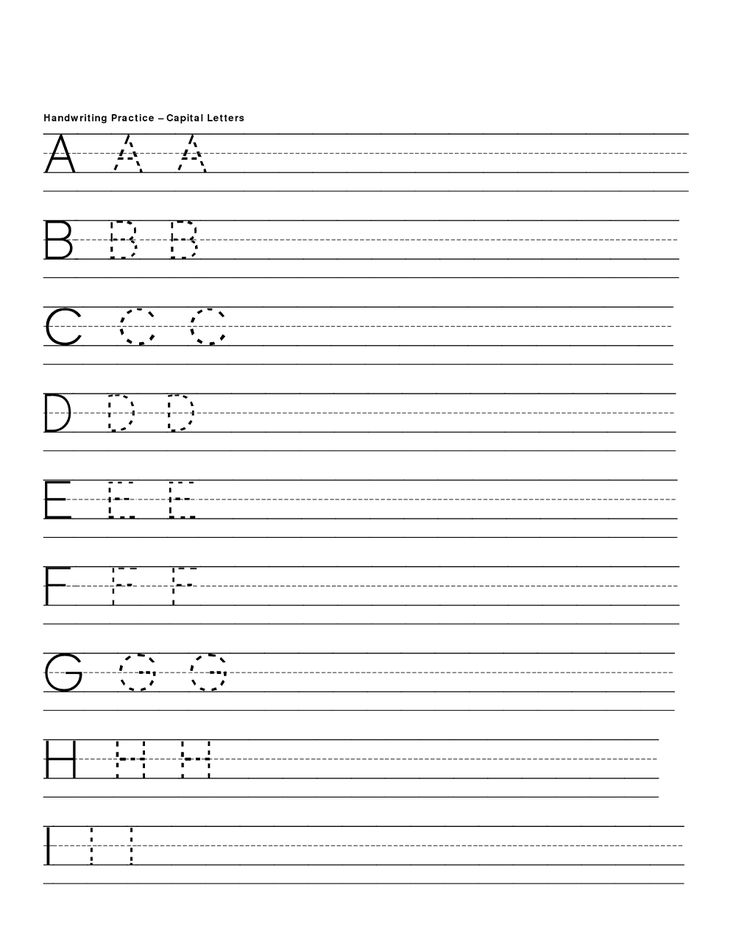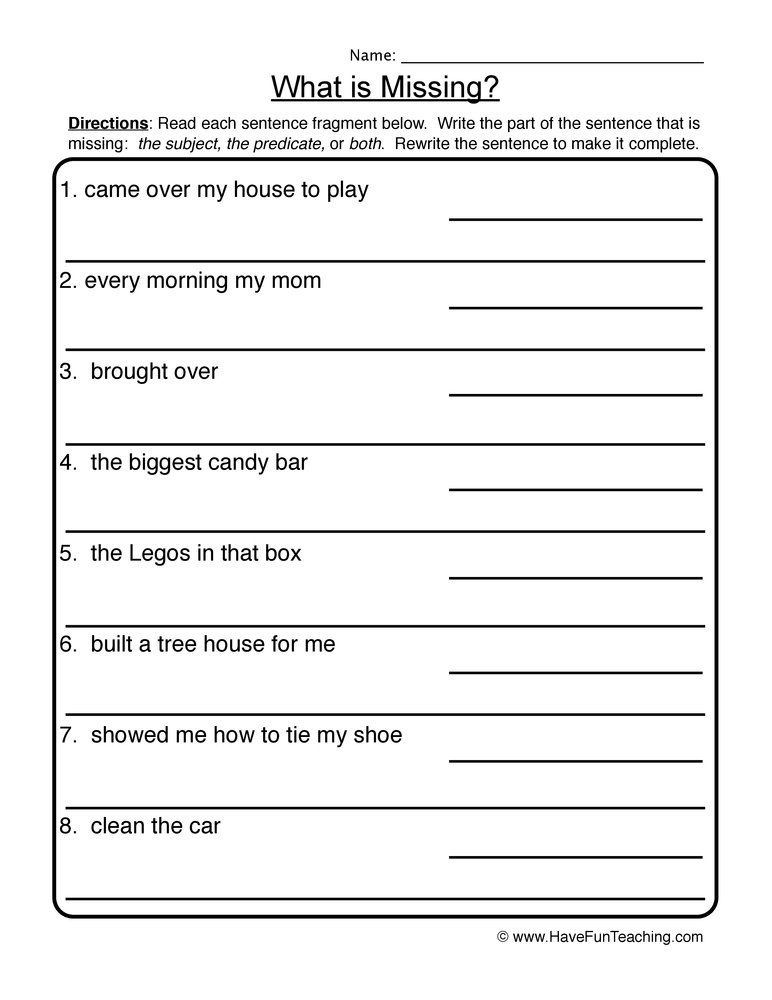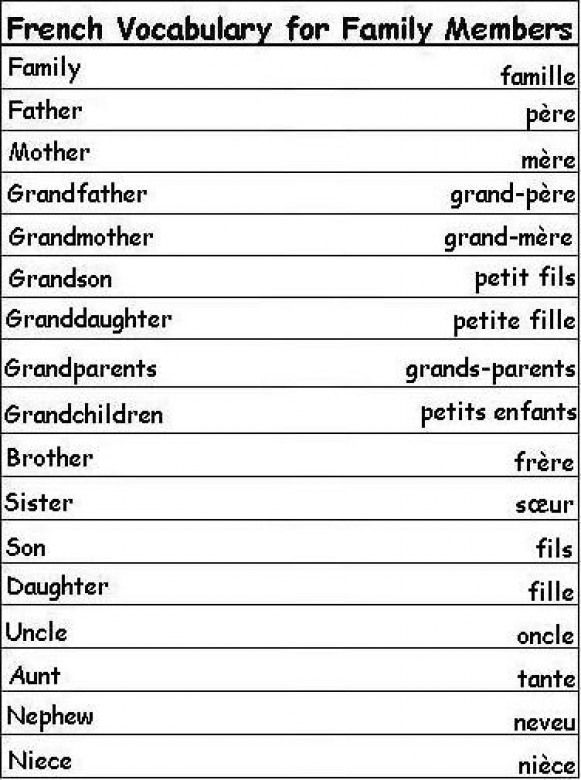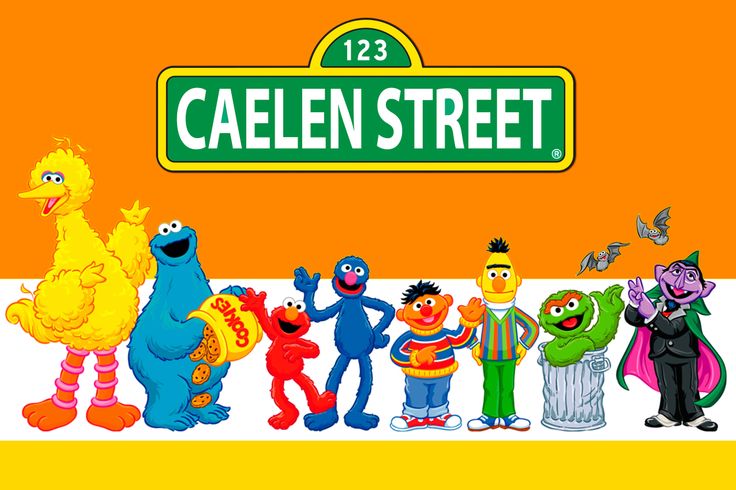Kindergarten reading help
Reading Tips for Parents of Kindergartners
By: Reading Rockets
Play with letters, words, and sounds! Having fun with language helps your child learn to crack the code of reading. The tips below offersome fun ways you can help your child become a happy andconfident reader. Try a new tip each week. See what works best foryour child.
These tips for parents of kindergartners are also available to download and print:
Talk to your child
Ask your child to talk about his day at school. Encourage him to explain something they did, or a game he played during recess.
Say silly tongue twisters
Sing songs, read rhyming books, and say silly tongue twisters. These help kids become sensitive to the sounds in words.
Read it and experience it
Connect what your child reads with what happens in life. If reading a book about animals, relate it to your last trip to the zoo.
Use your child’s name
Point out the link between letters and sounds. Say, "John, the word jump begins with the same sound as your name. John, jump. And they both begin with the same letter, J."
Play with puppets
Play language games with puppets. Have the puppet say, "My name is Mark. I like words that rhyme with my name. Does park rhyme with Mark? Does ball rhyme with Mark?"
Trace and say letters
Have your child use a finger to trace a letter while saying the letter's sound. Do this on paper, in sand, or on a plate of sugar.
Write it down
Have paper and pencils available for your child to use for writing. Working together, write a sentence or two about something special. Encourage her to use the letters and sounds she's learning about in school.
Play sound games
Practice blending sounds into words. Ask "Can you guess what this word is? m - o - p." Hold each sound longer than normal.
Read it again and again
Go ahead and read your child's favorite book for the 100th time! As you read, pause and ask your child about what is going on in the book.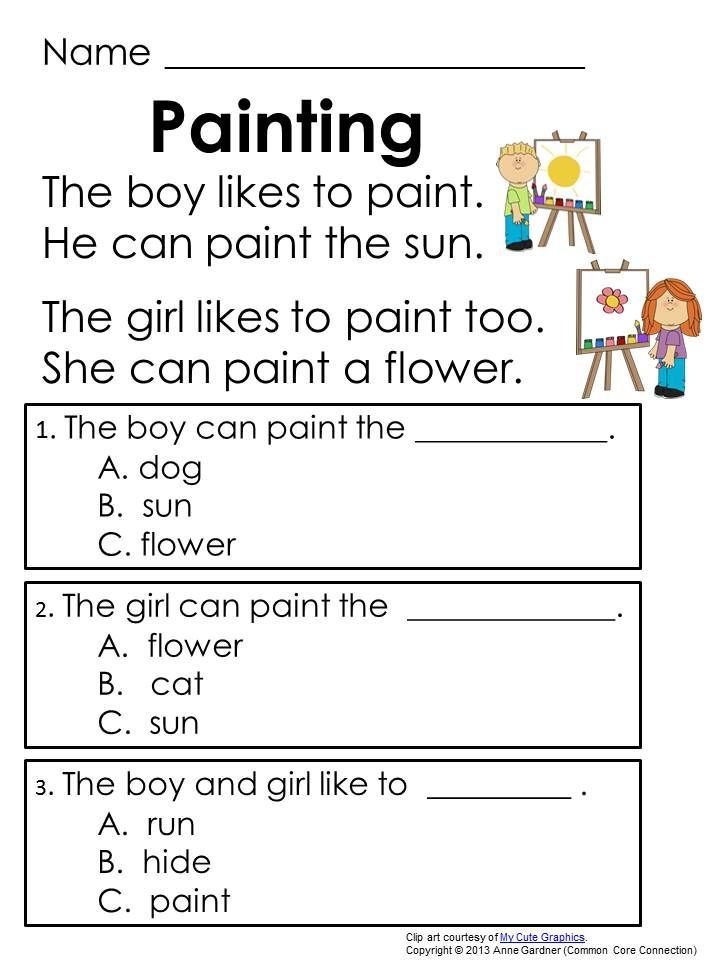
Talk about letters and sounds
Help your child learn the names of the letters and the sounds the letters make. Turn it into a game! "I'm thinking of a letter and it makes the sound mmmmmm."
Reading tips in other languages
A downloadable handout, for parents of babies, toddlers, and children in preschool to grade 3, is available in the following languages:
Reading tips for parents of…
Reading Rockets (2021)
Reprints
You are welcome to print copies or republish materials for non-commercial use as long as credit is given to Reading Rockets and the author(s). For commercial use, please contact [email protected]
Related Topics
Background Knowledge
Early Literacy Development
Oral Language
Phonological and Phonemic Awareness
Print Awareness
Reading Aloud
Writing
New and Popular
Print-to-Speech and Speech-to-Print: Mapping Early Literacy
100 Children’s Authors and Illustrators Everyone Should Know
A New Model for Teaching High-Frequency Words
7 Great Ways to Encourage Your Child's Writing
Screening, Diagnosing, and Progress Monitoring for Fluency: The Details
Phonemic Activities for the Preschool or Elementary Classroom
Our Literacy Blogs
Shared Reading in the Structured Literacy Era
Kids and educational media
Meet Ali Kamanda and Jorge Redmond, authors of Black Boy, Black Boy: Celebrating the Power of You
Get Widget |
Subscribe
Teaching children to read isn’t easy.
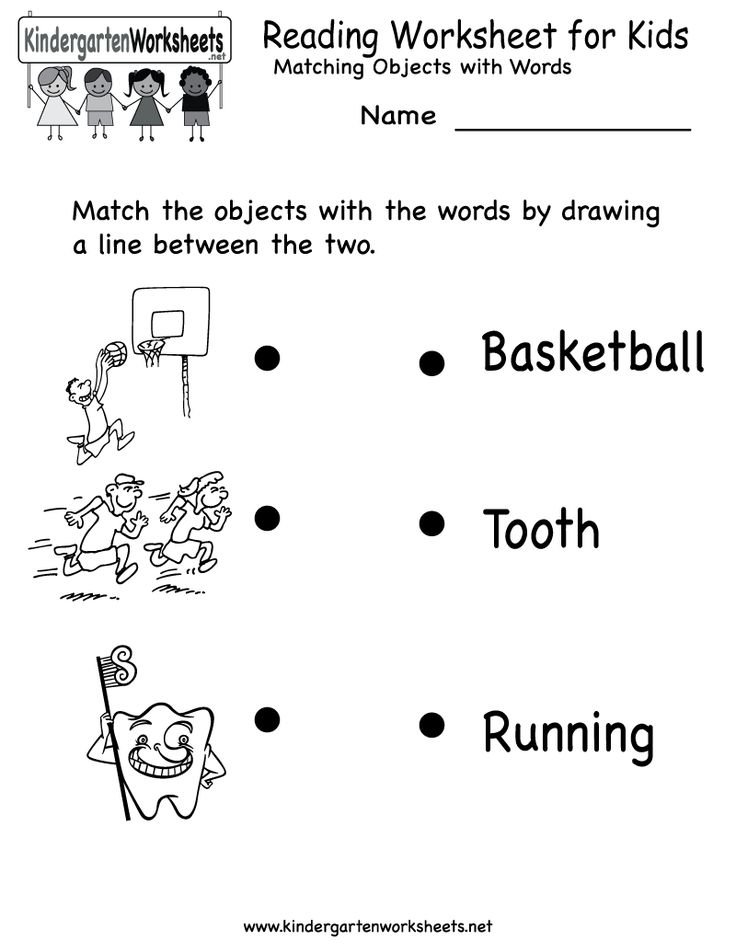 How do kids actually learn to read? A student in a Mississippi elementary school reads a book in class. Research shows young children need explicit, systematic phonics instruction to learn how to read fluently. Credit: Terrell Clark for The Hechinger Report
How do kids actually learn to read? A student in a Mississippi elementary school reads a book in class. Research shows young children need explicit, systematic phonics instruction to learn how to read fluently. Credit: Terrell Clark for The Hechinger ReportTeaching kids to read isn’t easy; educators often feel strongly about what they think is the “right” way to teach this essential skill. Though teachers’ approaches may differ, the research is pretty clear on how best to help kids learn to read. Here’s what parents should look for in their children’s classroom.
How do kids actually learn how to read?
Research shows kids learn to read when they are able to identify letters or combinations of letters and connect those letters to sounds. There’s more to it, of course, like attaching meaning to words and phrases, but phonemic awareness (understanding sounds in spoken words) and an understanding of phonics (knowing that letters in print correspond to sounds) are the most basic first steps to becoming a reader.
If children can’t master phonics, they are more likely to struggle to read. That’s why researchers say explicit, systematic instruction in phonics is important: Teachers must lead students step by step through a specific sequence of letters and sounds. Kids who learn how to decode words can then apply that skill to more challenging words and ultimately read with fluency. Some kids may not need much help with phonics, especially as they get older, but experts say phonics instruction can be essential for young children and struggling readers “We don’t know how much phonics each kid needs,” said Anders Rasmussen, principal of Wood Road Elementary School in Ballston Spa, New York, who recently led the transformation of his schools’ reading program to a research-based, structured approach. “But we know no kid is hurt by getting too much of it.”
How should your child’s school teach reading?
Timothy Shanahan, a professor emeritus at the University of Illinois at Chicago and an expert on reading instruction, said phonics are important in kindergarten through second grade and phonemic awareness should be explicitly taught in kindergarten and first grade. This view has been underscored by experts in recent years as the debate over reading instruction has intensified. But teaching kids how to read should include more than phonics, said Shanahan. They should also be exposed to oral reading, reading comprehension and writing.
This view has been underscored by experts in recent years as the debate over reading instruction has intensified. But teaching kids how to read should include more than phonics, said Shanahan. They should also be exposed to oral reading, reading comprehension and writing.
The wars over how to teach reading are back. Here’s the four things you need to know.
Wiley Blevins, an author and expert on phonics, said a good test parents can use to determine whether a child is receiving research-based reading instruction is to ask their child’s teacher how reading is taught. “They should be able to tell you something more than ‘by reading lots of books’ and ‘developing a love of reading.’ ” Blevins said. Along with time dedicated to teaching phonics, Blevins said children should participate in read-alouds with their teacher to build vocabulary and content knowledge. “These read-alouds must involve interactive conversations to engage students in thinking about the content and using the vocabulary,” he said.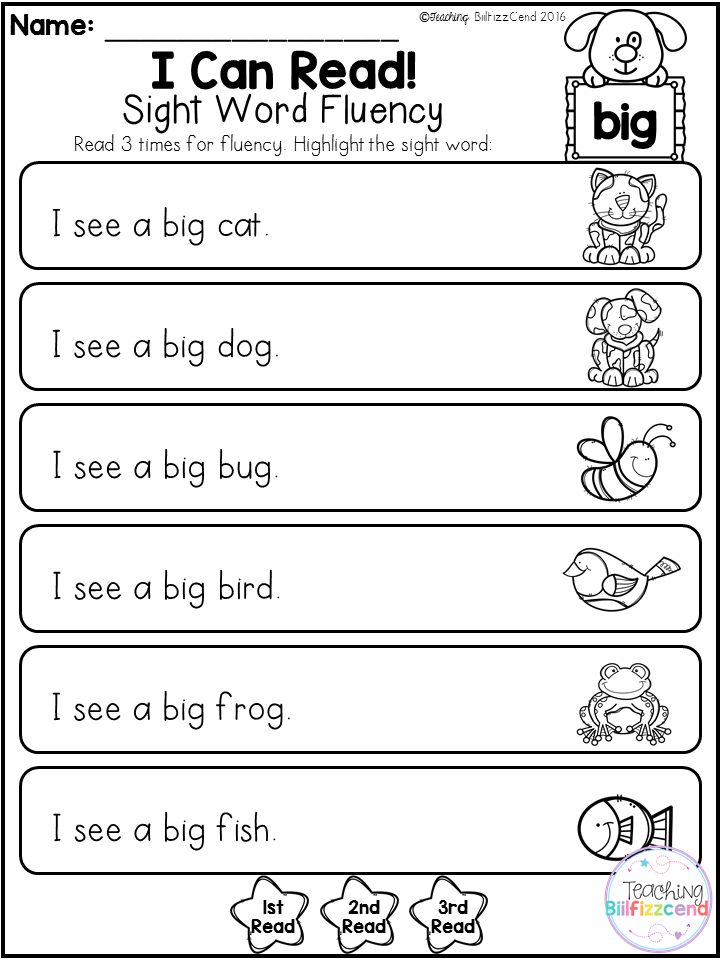 “Too often, when time is limited, the daily read-alouds are the first thing left out of the reading time. We undervalue its impact on reading growth and must change that.”
“Too often, when time is limited, the daily read-alouds are the first thing left out of the reading time. We undervalue its impact on reading growth and must change that.”
Rasmussen’s school uses a structured approach: Children receive lessons in phonemic awareness, phonics, pre-writing and writing, vocabulary and repeated readings. Research shows this type of “systematic and intensive” approach in several aspects of literacy can turn children who struggle to read into average or above-average readers.
What should schools avoid when teaching reading?
Educators and experts say kids should be encouraged to sound out words, instead of guessing. “We really want to make sure that no kid is guessing,” Rasmussen said. “You really want … your own kid sounding out words and blending words from the earliest level on.” That means children are not told to guess an unfamiliar word by looking at a picture in the book, for example. As children encounter more challenging texts in later grades, avoiding reliance on visual cues also supports fluent reading. “When they get to ninth grade and they have to read “Of Mice and Men,” there are no picture cues,” Rasmussen said.
“When they get to ninth grade and they have to read “Of Mice and Men,” there are no picture cues,” Rasmussen said.
Related: Teacher Voice: We need phonics, along with other supports, for reading
Blevins and Shanahan caution against organizing books by different reading levels and keeping students at one level until they read with enough fluency to move up to the next level. Although many people may think keeping students at one level will help prevent them from getting frustrated and discouraged by difficult texts, research shows that students actually learn more when they are challenged by reading materials.
Blevins said reliance on “leveled books” can contribute to “a bad habit in readers.” Because students can’t sound out many of the words, they rely on memorizing repeated words and sentence patterns, or on using picture clues to guess words. Rasmussen said making kids stick with one reading level — and, especially, consistently giving some kids texts that are below grade level, rather than giving them supports to bring them to grade level — can also lead to larger gaps in reading ability.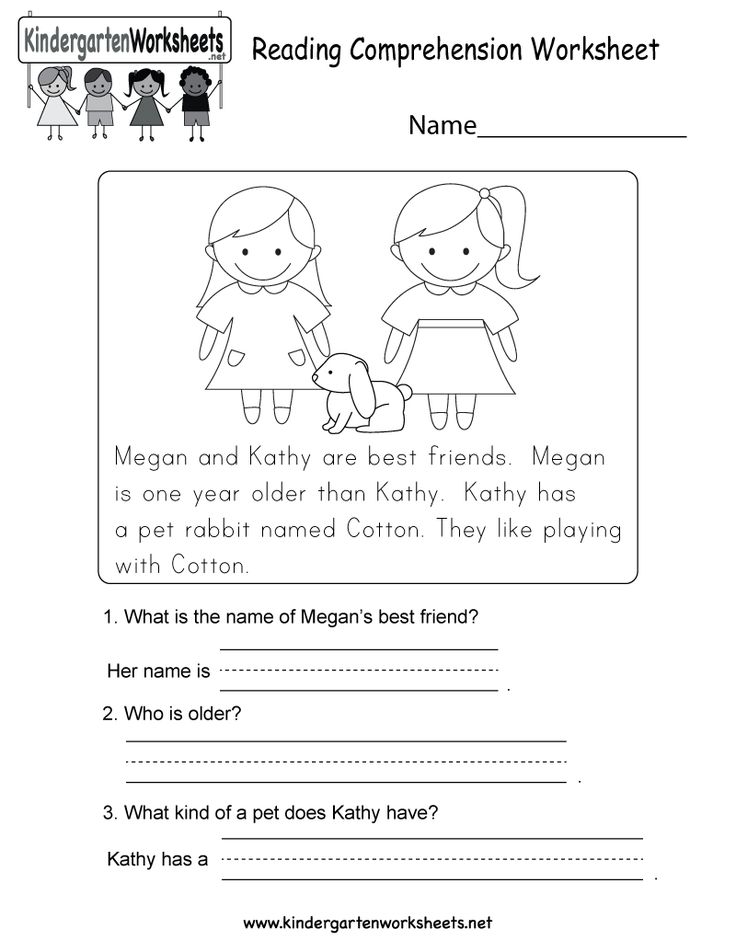
How do I know if a reading curriculum is effective?
Some reading curricula cover more aspects of literacy than others. While almost all programs have some research-based components, the structure of a program can make a big difference, said Rasmussen. Watching children read is the best way to tell if they are receiving proper instruction — explicit, systematic instruction in phonics to establish a foundation for reading, coupled with the use of grade-level texts, offered to all kids.
Parents who are curious about what’s included in the curriculum in their child’s classroom can find sources online, like a chart included in an article by Readingrockets.org which summarizes the various aspects of literacy, including phonics, writing and comprehension strategies, in some of the most popular reading curricula.
Blevins also suggested some questions parents can ask their child’s teacher:
- What is your phonics scope and sequence?
“If research-based, the curriculum must have a clearly defined phonics scope and sequence that serves as the spine of the instruction. ” Blevins said.
” Blevins said.
- Do you have decodable readers (short books with words composed of the letters and sounds students are learning) to practice phonics?
“If no decodable or phonics readers are used, students are unlikely to get the amount of practice and application to get to mastery so they can then transfer these skills to all reading and writing experiences,” Blevins said. “If teachers say they are using leveled books, ask how many words can students sound out based on the phonics skills (teachers) have taught … Can these words be fully sounded out based on the phonics skills you taught or are children only using pieces of the word? They should be fully sounding out the words — not using just the first or first and last letters and guessing at the rest.”
- What are you doing to build students’ vocabulary and background knowledge? How frequent is this instruction? How much time is spent each day doing this?
“It should be a lot,” Blevins said, “and much of it happens during read-alouds, especially informational texts, and science and social studies lessons.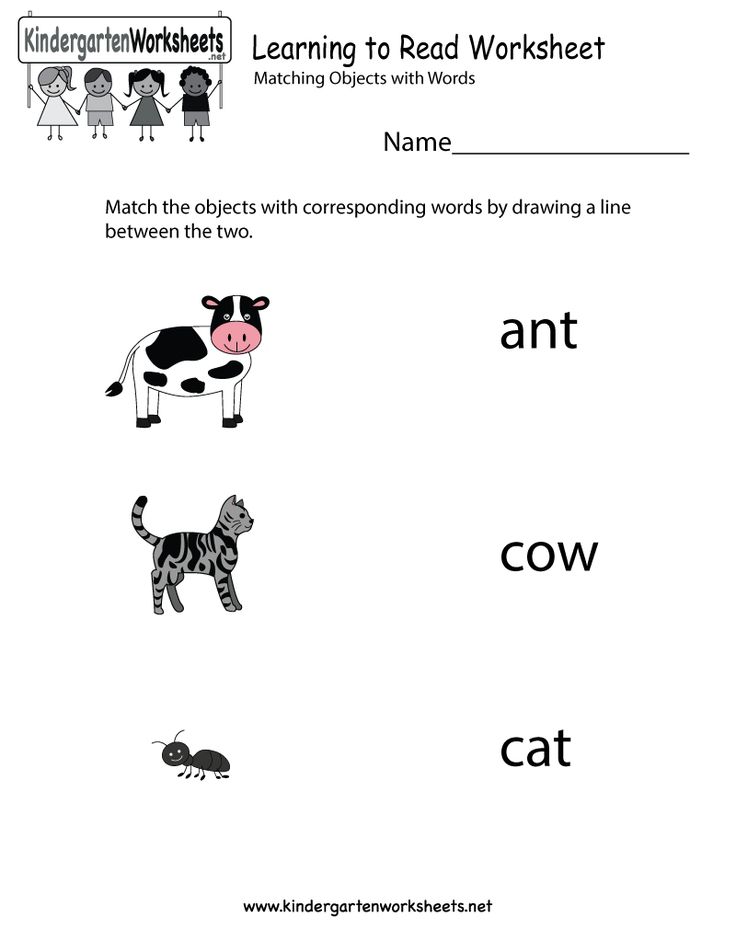 ”
”
- Is the research used to support your reading curriculum just about the actual materials, or does it draw from a larger body of research on how children learn to read? How does it connect to the science of reading?
Teachers should be able to answer these questions, said Blevins.
What should I do if my child isn’t progressing in reading?
When a child isn’t progressing, Blevins said, the key is to find out why. “Is it a learning challenge or is your child a curriculum casualty? This is a tough one.” Blevins suggested that parents of kindergarteners and first graders ask their child’s school to test the child’s phonemic awareness, phonics and fluency.
Parents of older children should ask for a test of vocabulary. “These tests will locate some underlying issues as to why your child is struggling reading and understanding what they read,” Blevins said. “Once underlying issues are found, they can be systematically addressed.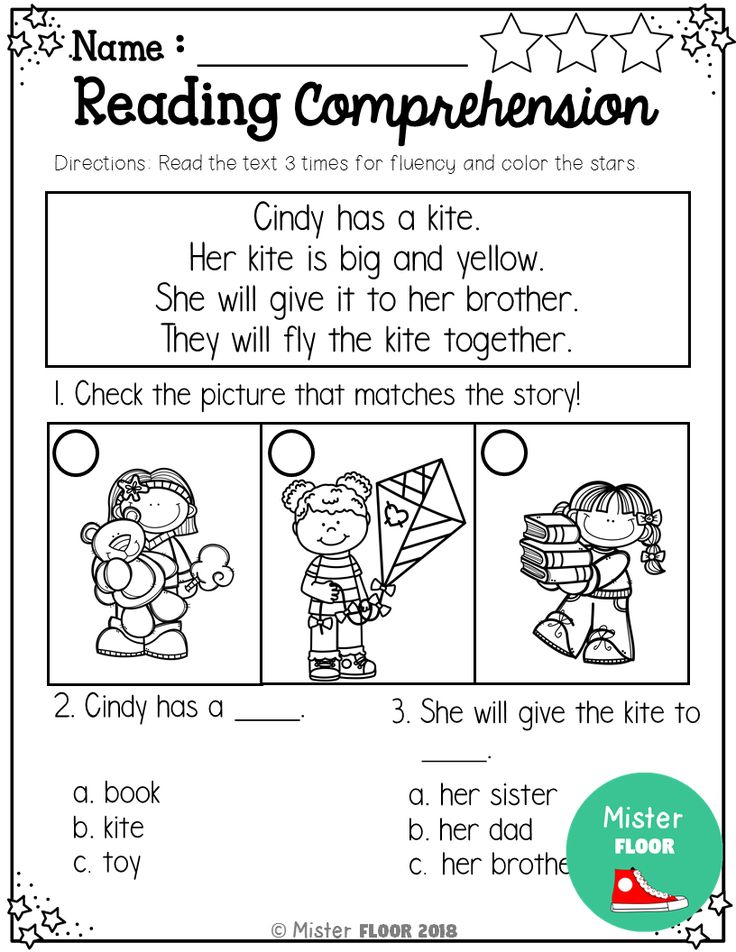 ”
”
“We don’t know how much phonics each kid needs. But we know no kid is hurt by getting too much of it.”
Anders Rasmussen, principal of Wood Road Elementary School in Ballston Spa, New York
Rasmussen recommended parents work with their school if they are concerned about their children’s progress. By sitting and reading with their children, parents can see the kind of literacy instruction the kids are receiving. If children are trying to guess based on pictures, parents can talk to teachers about increasing phonics instruction.
“Teachers aren’t there doing necessarily bad things or disadvantaging kids purposefully or willfully,” Rasmussen said. “You have many great reading teachers using some effective strategies and some ineffective strategies.”
What can parents do at home to help their children learn to read?
Parents want to help their kids learn how to read but don’t want to push them to the point where they hate reading. “Parents at home can fall into the trap of thinking this is about drilling their kid,” said Cindy Jiban, a former educator and current principal academic lead at NWEA, a research-based non-profit focused on assessments and professional learning opportunities. “This is unfortunate,” Jiban said. “It sets up a parent-child interaction that makes it, ‘Ugh, there’s this thing that’s not fun.’” Instead, Jiban advises making decoding playful. Here are some ideas:
“Parents at home can fall into the trap of thinking this is about drilling their kid,” said Cindy Jiban, a former educator and current principal academic lead at NWEA, a research-based non-profit focused on assessments and professional learning opportunities. “This is unfortunate,” Jiban said. “It sets up a parent-child interaction that makes it, ‘Ugh, there’s this thing that’s not fun.’” Instead, Jiban advises making decoding playful. Here are some ideas:
- Challenge kids to find everything in the house that starts with a specific sound.
- Stretch out one word in a sentence. Ask your child to “pass the salt” but say the individual sounds in the word “salt” instead of the word itself.
- Ask your child to figure out what every family member’s name would be if it started with a “b” sound.
- Sing that annoying “Banana fana fo fanna song.” Jiban said that kind of playful activity can actually help a kid think about the sounds that correspond with letters even if they’re not looking at a letter right in front of them.
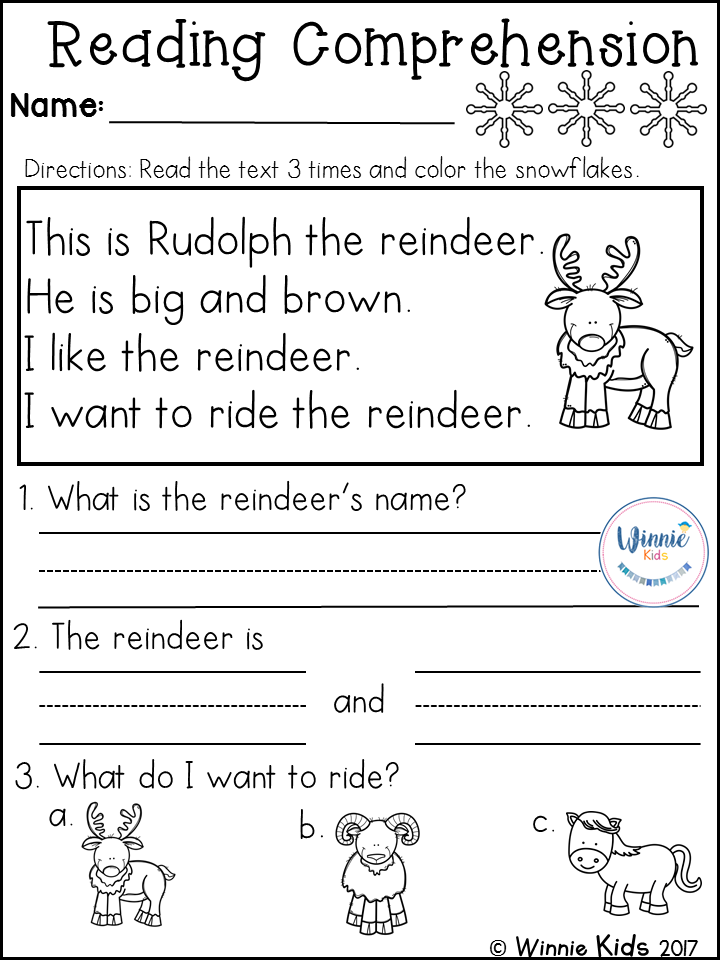
- Read your child’s favorite book over and over again. For books that children know well, Jiban suggests that children use their finger to follow along as each word is read. Parents can do the same, or come up with another strategy to help kids follow which words they’re reading on a page.
Giving a child diverse experiences that seem to have nothing to do with reading can also help a child’s reading ability. By having a variety of experiences, Rasmussen said, children will be able to apply their own knowledge to better comprehend texts about various topics.
This story about teaching children to read was produced by The Hechinger Report, a nonprofit, independent news organization focused on inequality and innovation in education. Sign up for Hechinger’s newsletter.
The Hechinger Report provides in-depth, fact-based, unbiased reporting on education that is free to all readers. But that doesn't mean it's free to produce.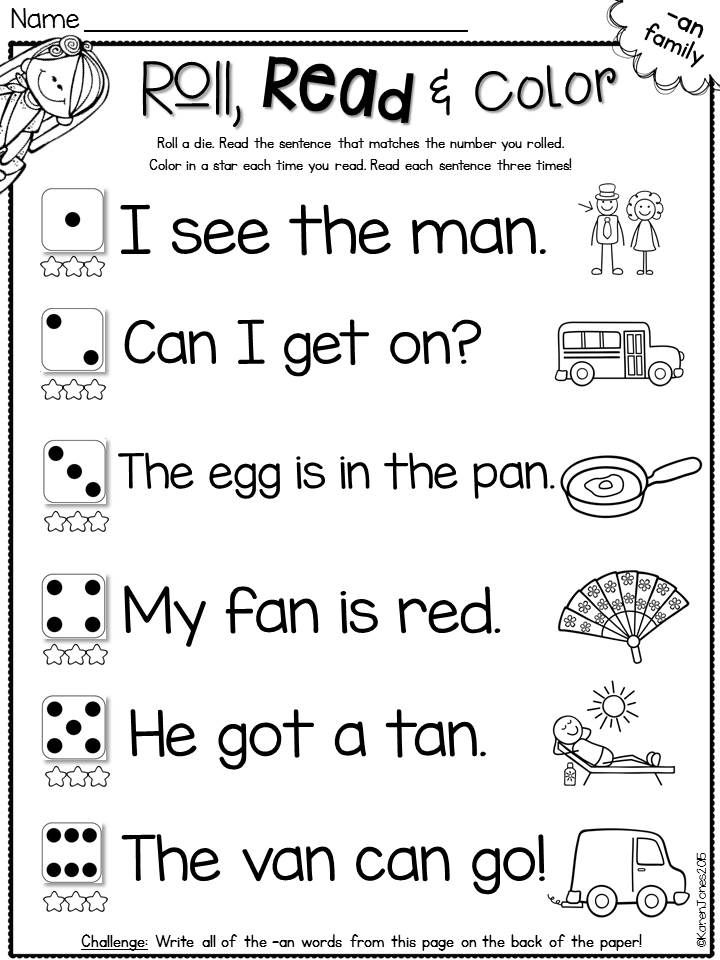 Our work keeps educators and the public informed about pressing issues at schools and on campuses throughout the country. We tell the whole story, even when the details are inconvenient. Help us keep doing that.
Our work keeps educators and the public informed about pressing issues at schools and on campuses throughout the country. We tell the whole story, even when the details are inconvenient. Help us keep doing that.
Join us today.
Parent Information
APPLICATION FORMS:
- Preschool Application Form
- Receipt for the provision of documents
- Application form for training in an adapted educational program for preschool education
- Application form for refusal of a seat
- Application form for expulsion from the preschool group
- Vacation application form
CATERING:
- This link will take you to the Department of Education website, which contains regulations on catering and compensation for care and maintenance, memos for parents and an email address for questions.
- ORDER dated 08.08.2019 No. 34-np "On amendments to the order of the Department of Education of the Yaroslavl Region dated 03.
 25.2014 No. 34-np"
25.2014 No. 34-np"
Dear parents! You can see your children's daily menu at the link: Hot meals at school
Parent Information Corner
Dear Parents! Today we will talk with you on an interesting and exciting topic: “How to form an interest in communicating with a book, reading in preschool children”?
I don't think it's worth mentioning that there is a tendency in society to reduce the interest and need for reading. Especially worryingly, this affects children, who are more attracted to watching TV, playing games on tablets and computers. Yes, and many parents prefer electronic games of a developing and educational nature, rather than reading fairy tales to their child or doing them. But it is precisely the preschool age that is distinguished by curiosity and emotionality. It is at this age that interest in the book is born, the reader's experience is acquired. nine0038 Therefore, to form a need for reading in a preschool child is a very important task for teachers and parents.
The process of forming a child's interest in a book and its content at preschool age is largely determined by how much parents are involved in this process, what is the attitude of the family to the book, how the process of reading at home is organized, and how much interest in what is read in kindergarten is maintained. From talking with children about whether parents read books to you, I came to the bitter conclusion that some parents do not attach much importance to the role of books in the development of the child, while others hope that the child will acquire the necessary reading experience in kindergarten. However, if this issue is not dealt with in a timely manner, it will be difficult to form an interest in reading in elementary school, and in some cases it is impossible.
One of the important ways to solve this issue is the systematic work of introducing the child to reading children's literature both in preschool and in the family. It is the family, with its unique atmosphere of kinship, intra-family relations, the love of parents, that provides children with psychological comfort.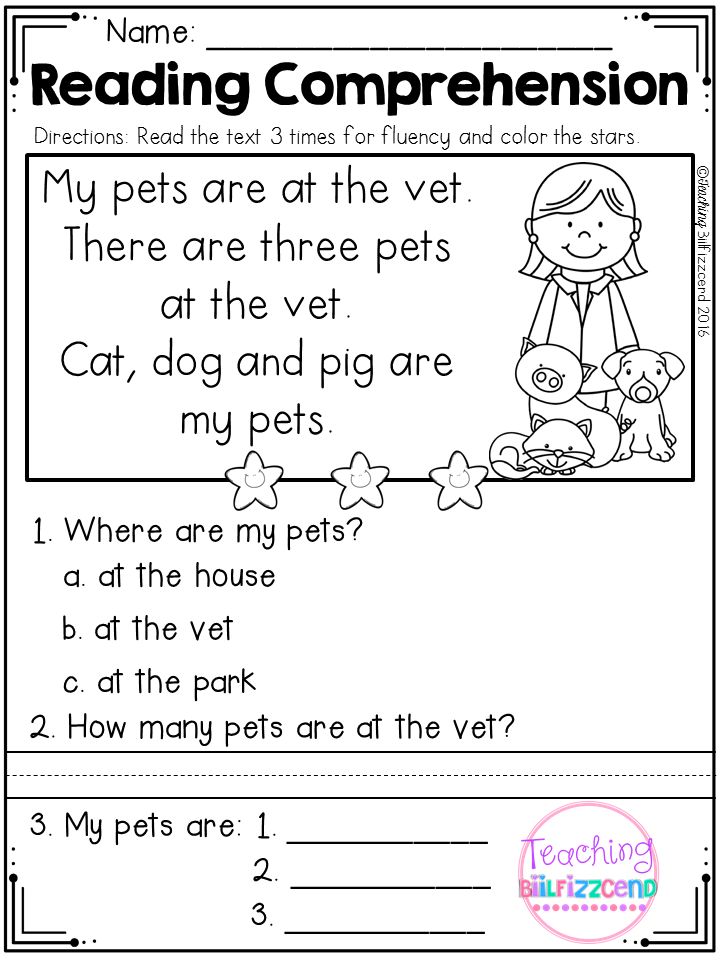 And the child's love and trust in his parents make him particularly susceptible to their influence. It is necessary to maintain constant cooperation between the family and the kindergarten and be a logical continuation of the work. nine0040 - In kindergarten groups, an appropriate subject-developing environment is organized, at home there should also be a corner with books selected by the age of the children. There, the child, together with his parents, gets acquainted with new books and shares what he has read with the children in a group (with a demonstration of the book).
And the child's love and trust in his parents make him particularly susceptible to their influence. It is necessary to maintain constant cooperation between the family and the kindergarten and be a logical continuation of the work. nine0040 - In kindergarten groups, an appropriate subject-developing environment is organized, at home there should also be a corner with books selected by the age of the children. There, the child, together with his parents, gets acquainted with new books and shares what he has read with the children in a group (with a demonstration of the book).
- If possible, take your children to the nearest library.
- Spend more time to familiarize the child with his native land, with his small homeland (tell about the traditions of our ancestors, the history of the village, its culture, introduce the art of our fellow countrymen, introduce the heroes of our village, spend more time in nature, each time paying attention to its characteristics). This will keep you in child interest in knowledge, motive to search for new information.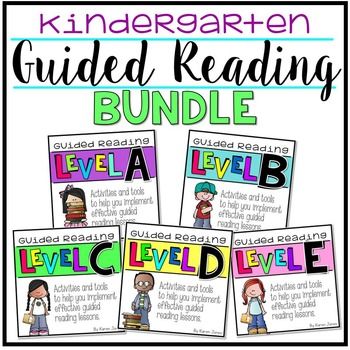
- It is necessary to help the child to be realized in independent creative activity. Read a fairy tale or story, draw the characters of the work or plot, bring the work to the garden, show and tell grandmother, etc.
- Choose a book together in the store, jointly discussing the need to choose a particular book, getting acquainted with its contents.
- Encourage and support the desire and participation of the child in various creative competitions (competition of poems, songs, dances, drawings; theater activities, dramatization games, role-playing games ...) while not forgetting to refer to additional information that can be found together in books (about the author of poetry, about the artist, the history of the origin of dance, tell about the theater and its work, play a fairy tale plot together, etc.). nine0003
- Ask every day about what you read today? What poem did you learn? And let's remember the verses that you know with you! I like them so much. Showing your interest in the activities of the child, you thereby stimulate him to the manifestation of greater cognitive activity.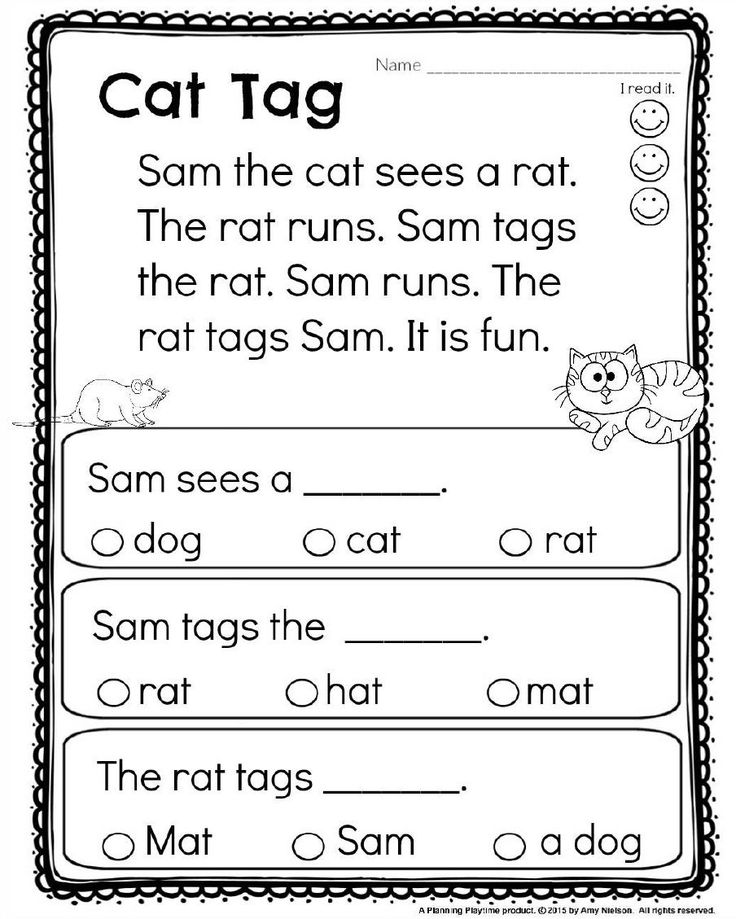
Dear parents! Try to be an active partner in all creative endeavors of the kindergarten. Take an active part in all activities with your children. Live this period (preschool childhood) together, not side by side. It is during this period that you need to have time to lay down and develop all the best, to form all the most valuable. nine0040 To form a child's interest in reading at this age through various activities means taking care of his intellectual, moral, spiritual potential, opening the way to the most important source of information - a book!
7 secrets of cultivating interest in reading.
1 secret. Read for yourself.
It is not our words that bring up a child, but deeds and the environment. A family where parents often read and discuss books is likely to grow up to be a good reader. Want to instill an interest in reading in your child? Read for yourself and read to your child, talk about what you read, discuss books.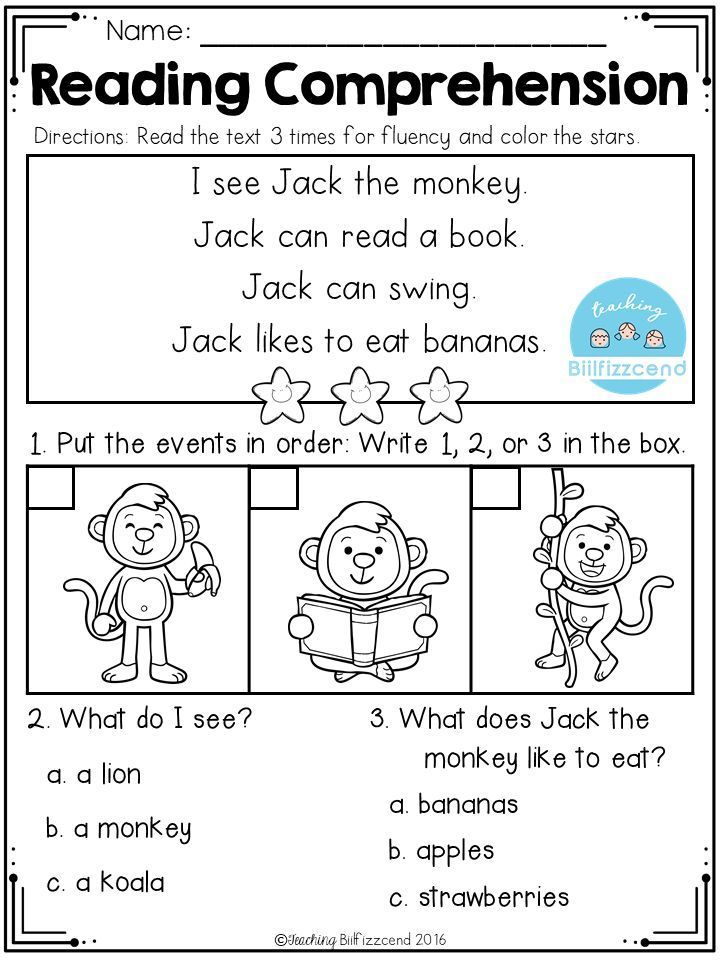 nine0040 2 secret. Learn by playing.
nine0040 2 secret. Learn by playing.
A person will never love what is given to him with difficulty. He will endure, but not love. If you teach a child to read, teach in a way that makes it easy and interesting for him, teach while playing. Only in the game can a child learn without feeling pressure, without experiencing stress and negativity. It is in the game that the best results are achieved at the lowest cost.
3 secret. All through interest!
The interest of the child comes first, not what you want or need. Read those books that your child likes, that are interesting to him. Read books by age! And if, in fact, you need to read something that does not delight the child, then help the child read and understand, read it together. nine0040 4 secret. Book design.
Pay attention to the design of the book. Children simply need illustrations in the book, good quality paper and clear type. It is very good if each page has a large illustration and some text.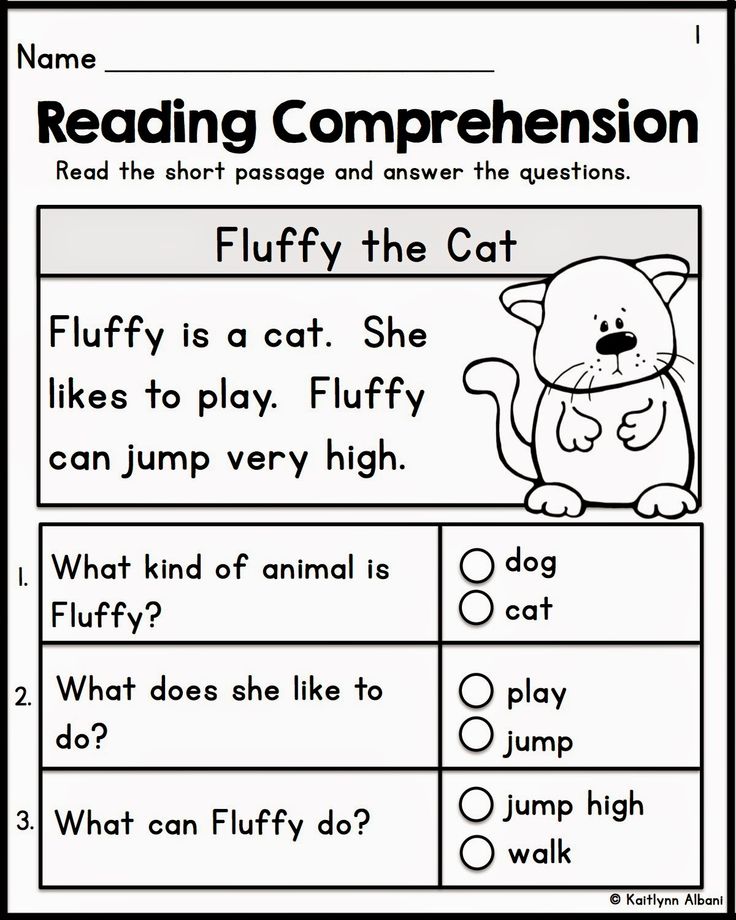 Because a large amount of text causes fear, tires the child and reduces the ability to understand the text.
Because a large amount of text causes fear, tires the child and reduces the ability to understand the text.
5 secret. Use the Cassil method.
Find an interesting book and start reading. Get to a very interesting moment, where some kind of intrigue is created, a turning point in events, and suddenly remember that you need to do something urgently - stop reading. Leave the book with a bookmark and tell your child that he can wait until tomorrow or try reading on his own. Of course, the child will want to know the sequel, but not everyone will pick up a book and start reading. Someone will wait until tomorrow. But if the child took the book and began to read, then it is worth praising him and offering to read it together (line by paragraph). The next time the child will again take the book and begin to read it in the hope that you will immediately come to the rescue. But don't rush. Of course, it is necessary to praise him for his desire to read, but it is not immediately possible to come to the rescue.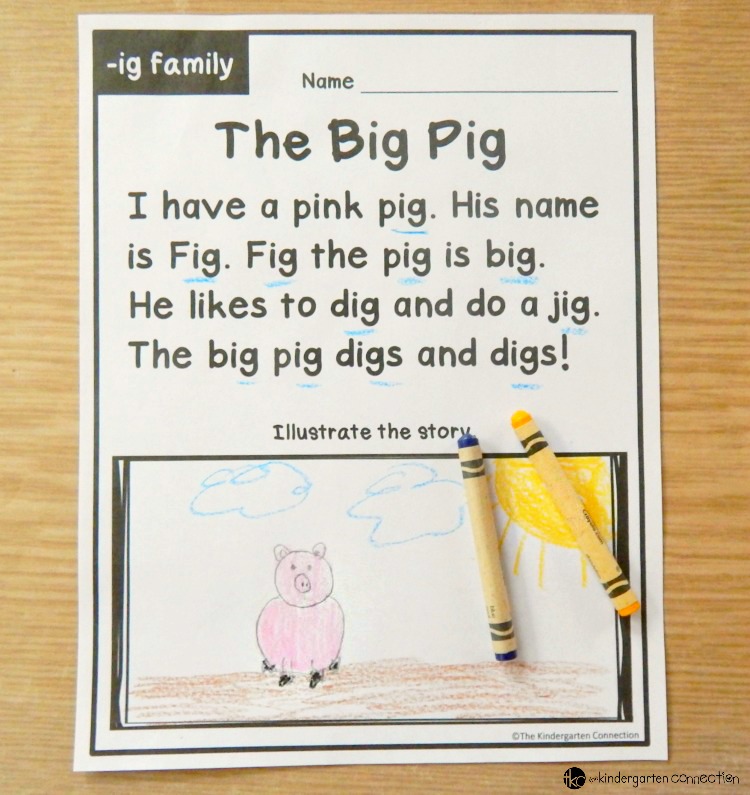 Let him read a little. And only then you offer to read alternating. And so every time you praise the child for the desire to read, but help to finish reading later and less. So gradually you will reach the moment when the child finishes everything himself. nine0040 6 secret. Read to a child!
Let him read a little. And only then you offer to read alternating. And so every time you praise the child for the desire to read, but help to finish reading later and less. So gradually you will reach the moment when the child finishes everything himself. nine0040 6 secret. Read to a child!
Read to your child, even if he can already read. In any case, you will read better than the child, show him an example of correct and expressive reading, and help him better understand the meaning of the text. By reading with your child, you will get to know the interests of the child, his thoughts and desires better. And the child will feel your support and interest, which contributes to the development of mutual understanding. Joint reading also contributes to the development of mindfulness, because an adult can always ask a clarifying question, and the child needs to answer it. nine0040 7 secret. We develop interest through the situation of victory.
Ask your child problematic questions, provoke an argument and offer to find out who is right with the help of a book.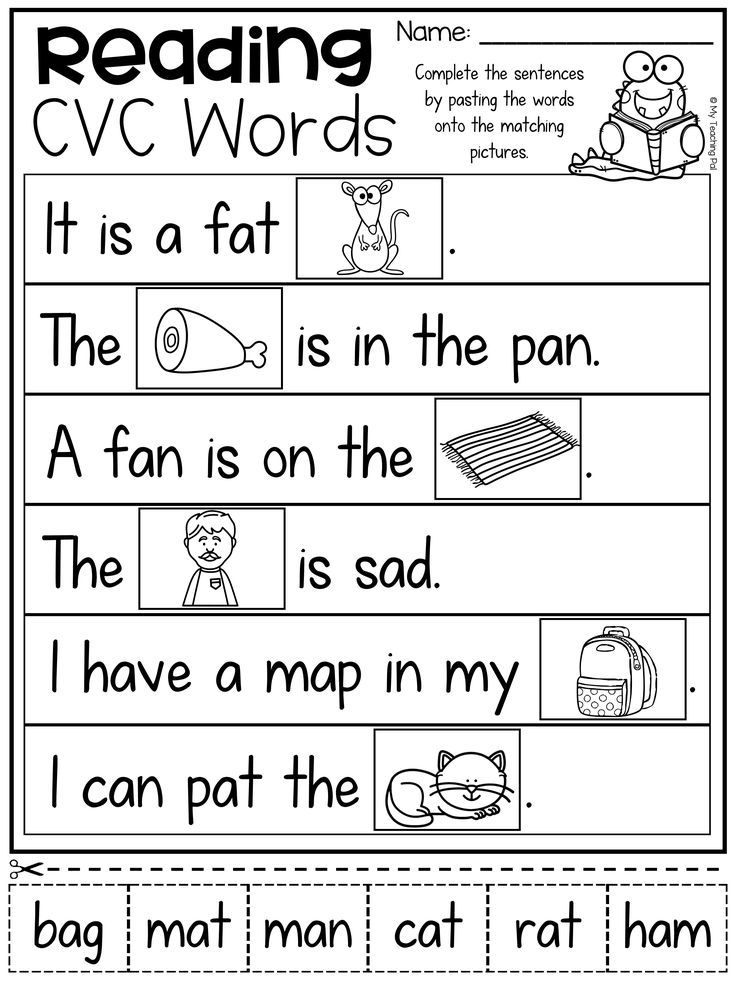 Of course, the child wants to prove that he is right, and most likely, he will look for proof of his innocence. At first, of course, it is necessary to adjust the question so that the child is still right. This forms success and reinforces the feeling of pleasure from the process of finding evidence. The child understands that he read not in vain. There are many such controversial questions. For example: children from kindergarten know that a swallow is a migratory bird. And you say no, the swallow hibernates, only she hides under the bark of trees or burrows into the ground. And show that it is written in this book. Most children will prove what they were told in kindergarten or school. And you stand your ground and offer to find the answer in the book. Of course, you need to know in advance where you can find the answer and show the child this page or chapter. But how much joy the child will have when it turns out that he is still right! Be sure to praise your child for wanting to find the right answer and admit that you were wrong.
Of course, the child wants to prove that he is right, and most likely, he will look for proof of his innocence. At first, of course, it is necessary to adjust the question so that the child is still right. This forms success and reinforces the feeling of pleasure from the process of finding evidence. The child understands that he read not in vain. There are many such controversial questions. For example: children from kindergarten know that a swallow is a migratory bird. And you say no, the swallow hibernates, only she hides under the bark of trees or burrows into the ground. And show that it is written in this book. Most children will prove what they were told in kindergarten or school. And you stand your ground and offer to find the answer in the book. Of course, you need to know in advance where you can find the answer and show the child this page or chapter. But how much joy the child will have when it turns out that he is still right! Be sure to praise your child for wanting to find the right answer and admit that you were wrong. Tell the child. Retell the most interesting moments from the books to your child and show where you can read the sequel. Tell interesting facts about the life of animals and plants, about transport and weapons - all this can be easily found in encyclopedias and show where you can read it. Come up with various tests based on the works of children's authors, for example, on Pushkin's fairy tales. Compose stories and fairy tales with him, write them down in the form of books and give them to friends. nine0003
Tell the child. Retell the most interesting moments from the books to your child and show where you can read the sequel. Tell interesting facts about the life of animals and plants, about transport and weapons - all this can be easily found in encyclopedias and show where you can read it. Come up with various tests based on the works of children's authors, for example, on Pushkin's fairy tales. Compose stories and fairy tales with him, write them down in the form of books and give them to friends. nine0003
If you rely on these secrets in communicating with your child, you will definitely interest him in reading. A reader is always an interesting and successful person.
Reading to children is wonderful, reading correctly is productive (effective) reading. The process of reading is carried out by teachers in regime moments, at GCD using one or another technology.
- What is technology? This is a sequence of steps.
- What is productive reading? Productive from the word "product".
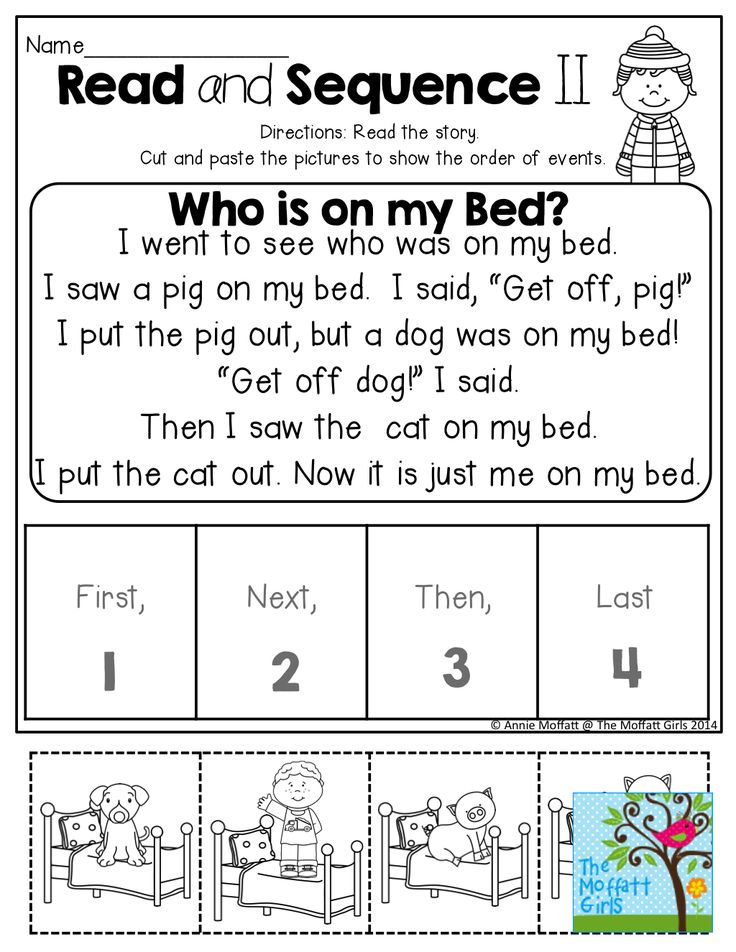 nine0006
nine0006 - What can be the product of reading? Result.
- And what can be the result of reading? Perception of the text - emotional response - reasoning - a series of questions and understanding of the meaning of what was read!!!
And in order for a child to understand the meaning, it is necessary:
- Read emotionally, expressively, make logical stops;
- pay attention to unfamiliar words and immediately explain them without making long pauses and not distracting the child's attention; nine0006
- in the course of reading, you can ask, as it were, a question to the author. These are short questions - answers that can be learned in the process of reading, for example: “What will happen now?”, “How can this be explained?”, “Why exactly?”, “Why did he do this?” and a number of other questions. The question, as it were, “hangs” in the air, it does not need to be answered, but this question, questions begin to activate thought processes in the child’s head.
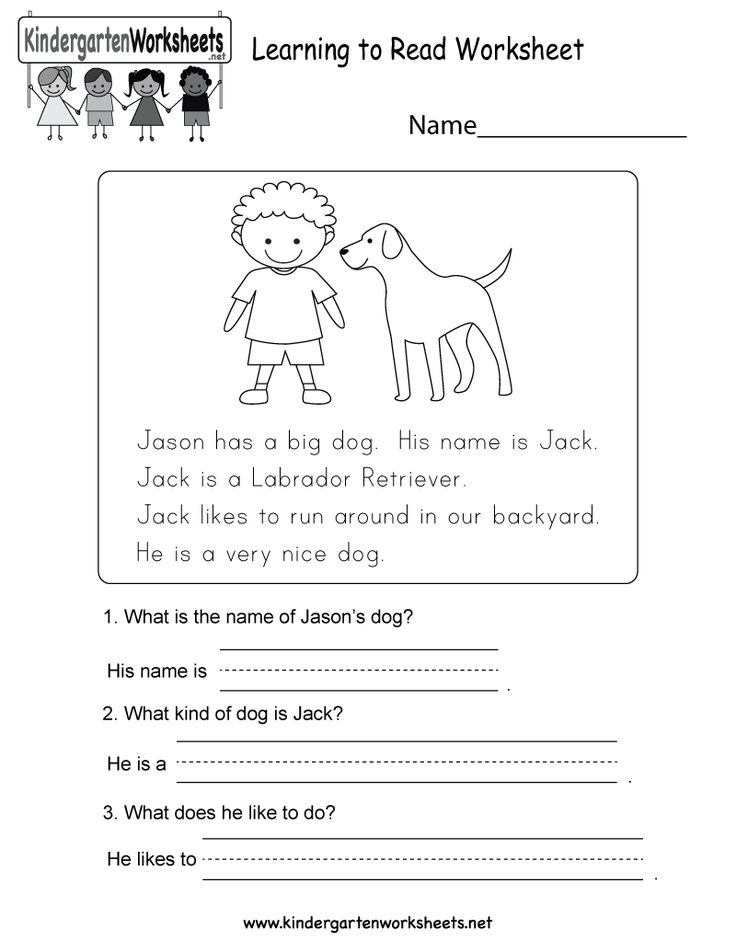 Attention is activated, internal reasoning begins, interest in listening to reading appears. nine0006
Attention is activated, internal reasoning begins, interest in listening to reading appears. nine0006 - reading commentary is a reading that is accompanied by explanations, interpretation of words, expressions, subtext in the form of explanations, reasoning, assumptions. Commenting is carried out in the course of reading, only this work with the work becomes motivated. Dear parents! I hope that this information will be useful to you. But this does not mean at all that every work must be read that way. Even if you take a book after a working day, just relax together, look at the illustrations, read and fall asleep, it will be wonderful. And if then, the next day, you talk about what you read, share your impressions with each other, then this will be 100% success. nine0006
Offers:
1. Read with children and keep a reading diary. Bring it to the group and tell the children before a quiet hour about what they have read, retell and show the illustrations.
2. Daily repeat the verses learned in the garden with the children.
3. Organize a children's book corner at home.
Learning to read: where to start?
Reviewer Kovtun Tatyana Anatolievna nine0003
7143 views
September 15, 2021
Login or register to save articles and products to your favorites
Recently, the debate about when to start teaching a child to read flares up more and more fiercely. Some defend the position of early development and strive to teach the child to read before he speaks, while others advocate that everything goes on as usual. We will not get involved in this dispute, but we will talk about where to start.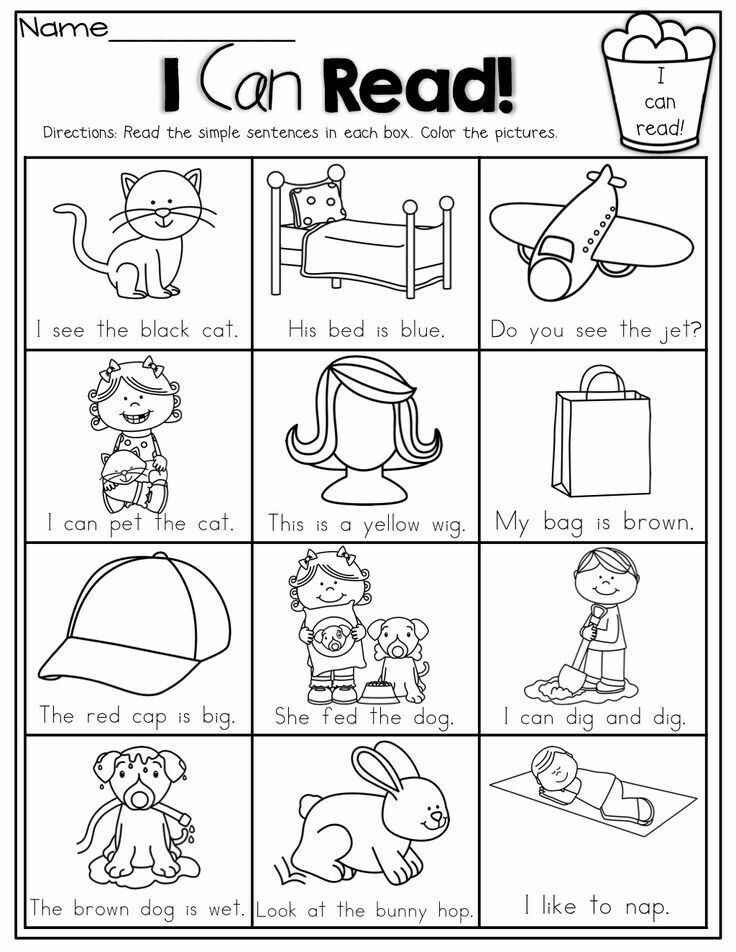 nine0039
nine0039
If you ask this question to a kindergarten teacher, he will tell you what is natural from the sounds. Sounds separately - letters separately. But in fact, there are a lot of ways to learn to read. How this or that begins, we will now briefly tell you.
Teaching reading by Glen Doman's method
Forget letters and sounds. Doman believed that a child should be taught to read whole words at once. To begin with, 15 cards with words are taken, we divide them into three sets of 5. Every 5 cards are shown to the baby 2-3 times a day. The next day, another set is added, then another. Showed-spoken-next. There is no need to comment on the words. It is assumed that a child is able to learn 5 words per day. Then the stage of phrases, simple sentences, detailed sentences, and, finally, reading the book will begin. But this is still very far away. nine0003
Pros:
- learning in the game;
- the baby will develop a phenomenal memory.
 He will easily memorize and analyze a huge amount of information;
He will easily memorize and analyze a huge amount of information; - method helps to acquire encyclopedic knowledge.
Cons:
- time to make cards / money for ready-made kits
- Quite often, kids reading cards do not recognize the same words, written, let's say, in a different color; nine0006
- there are teachers who note that a child who has learned to read according to Doman does not cope with the school curriculum later, he often has problems with literacy.
*Source
Learning to read by Maria Montessori
Maria Montessori believed that children should first learn to write, and only then read. So at the first stage of training, you have to teach your baby to hatch frames and drawings according to the Montessori method (there are special recipes) and feel soft and rough letters, since the teacher believed that children remember by touch much better than visually or by ear. But then the fun begins: when the baby learns two or three vowels and the same number of consonants, he will himself compose words from the mobile alphabet. As part of the methodology, there are many exercises and games aimed at teaching reading, most of them require special didactic materials. nine0003
But then the fun begins: when the baby learns two or three vowels and the same number of consonants, he will himself compose words from the mobile alphabet. As part of the methodology, there are many exercises and games aimed at teaching reading, most of them require special didactic materials. nine0003
Pros
- children immediately learn to read independently and silently;
- teachers note that children who have learned to read using the Montessori method begin to read very quickly without dividing words into syllables;
- exercises and games develop analytical thinking, logic;
Cons
- the need to buy a large amount of materials and manuals or make them yourself; nine0006
- the methodology is designed for classes in a group of a kindergarten or a development center, and not at home;
*Source
We read Chaplygin's cubes
Dynamic cubes are a thing that really allows you to quickly teach a child to read, but only on the condition that he already knows all the letters of the alphabet.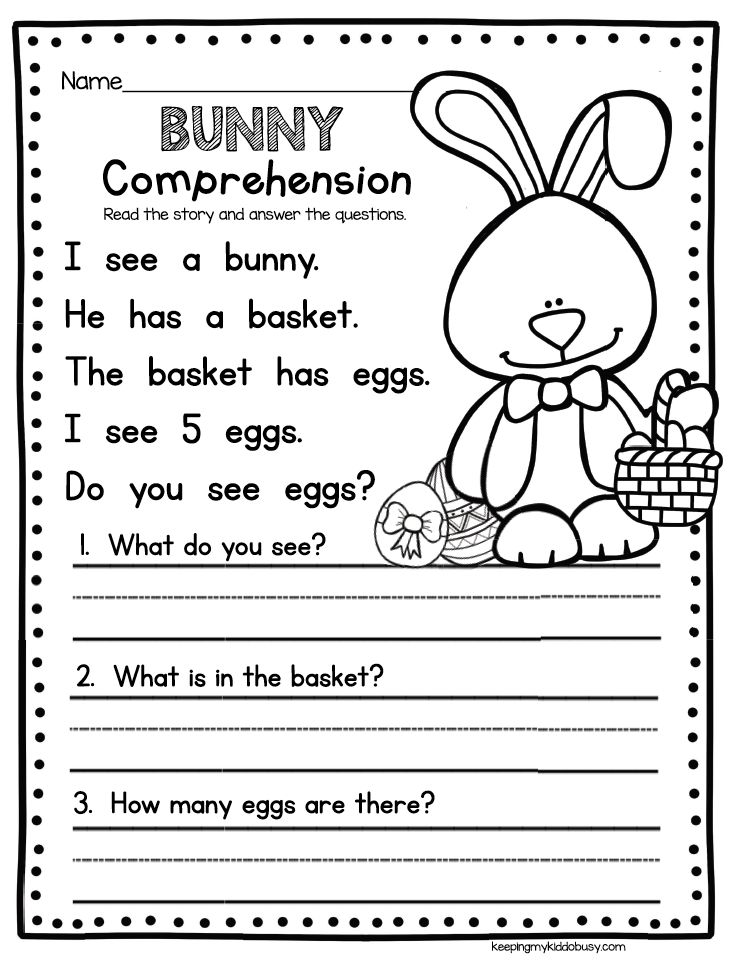 The meaning is very simple: there are paired cubes from which you can make a series of simple syllables. And from two pairs of cubes, respectively, make a simple word, for example, “mother”, turning the face of the cube, you get “Masha”, then “Misha”, and so on. nine0003
The meaning is very simple: there are paired cubes from which you can make a series of simple syllables. And from two pairs of cubes, respectively, make a simple word, for example, “mother”, turning the face of the cube, you get “Masha”, then “Misha”, and so on. nine0003
Pluses
- learning takes place in the form of a game;
- the technique is described in great detail;
- the process takes little time, according to the authors, you can learn to read in 3 days, a maximum of a week;
Cons
- suitable only for children who already know the letters;
- the price of the allowance;
*Source
As you can see, there are a great many options for teaching reading, there are also Zaitsev's cubes, and Zhukova's primer, and Reznichenko's technique, which is suitable even for children with developmental disabilities.